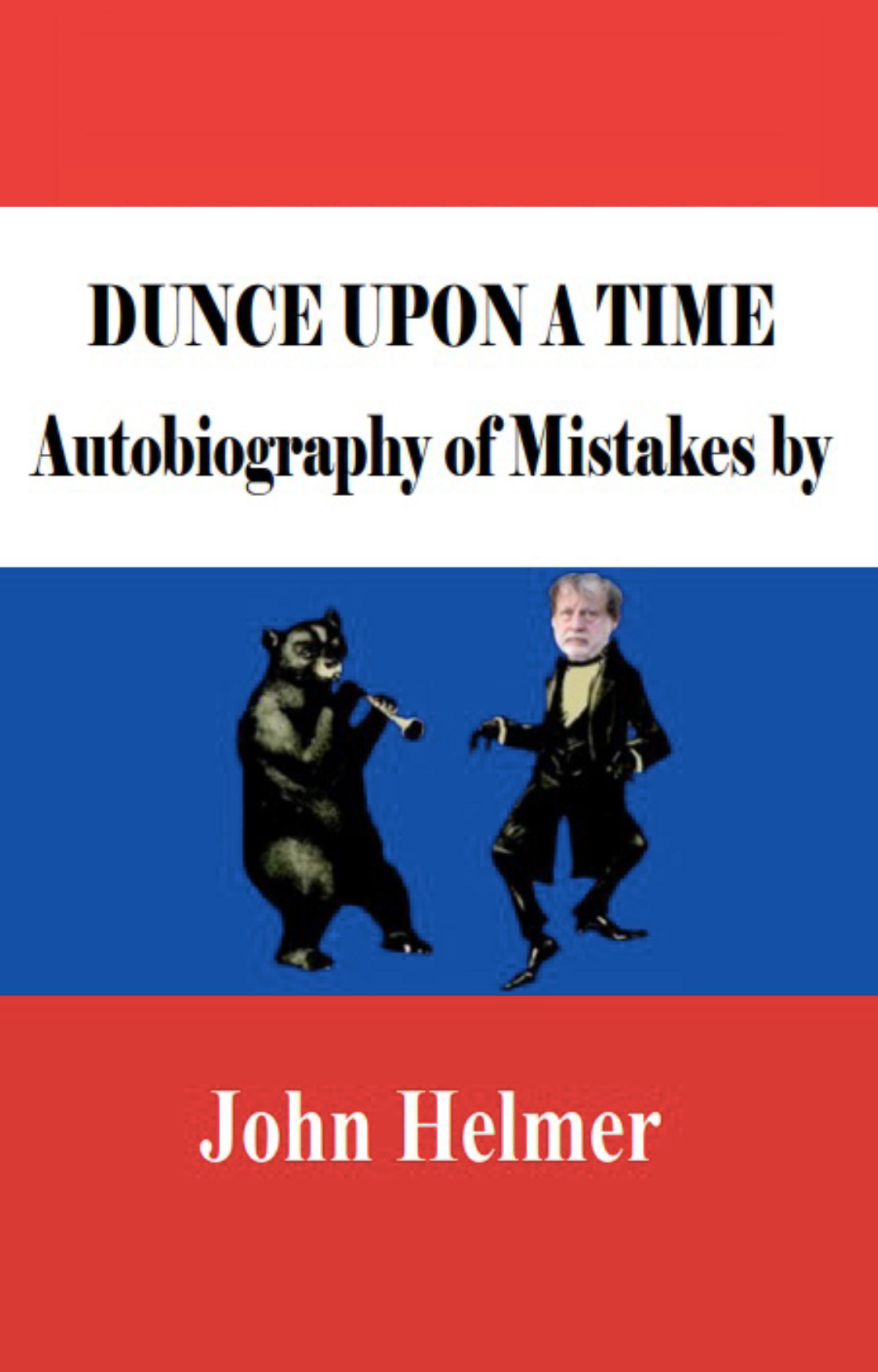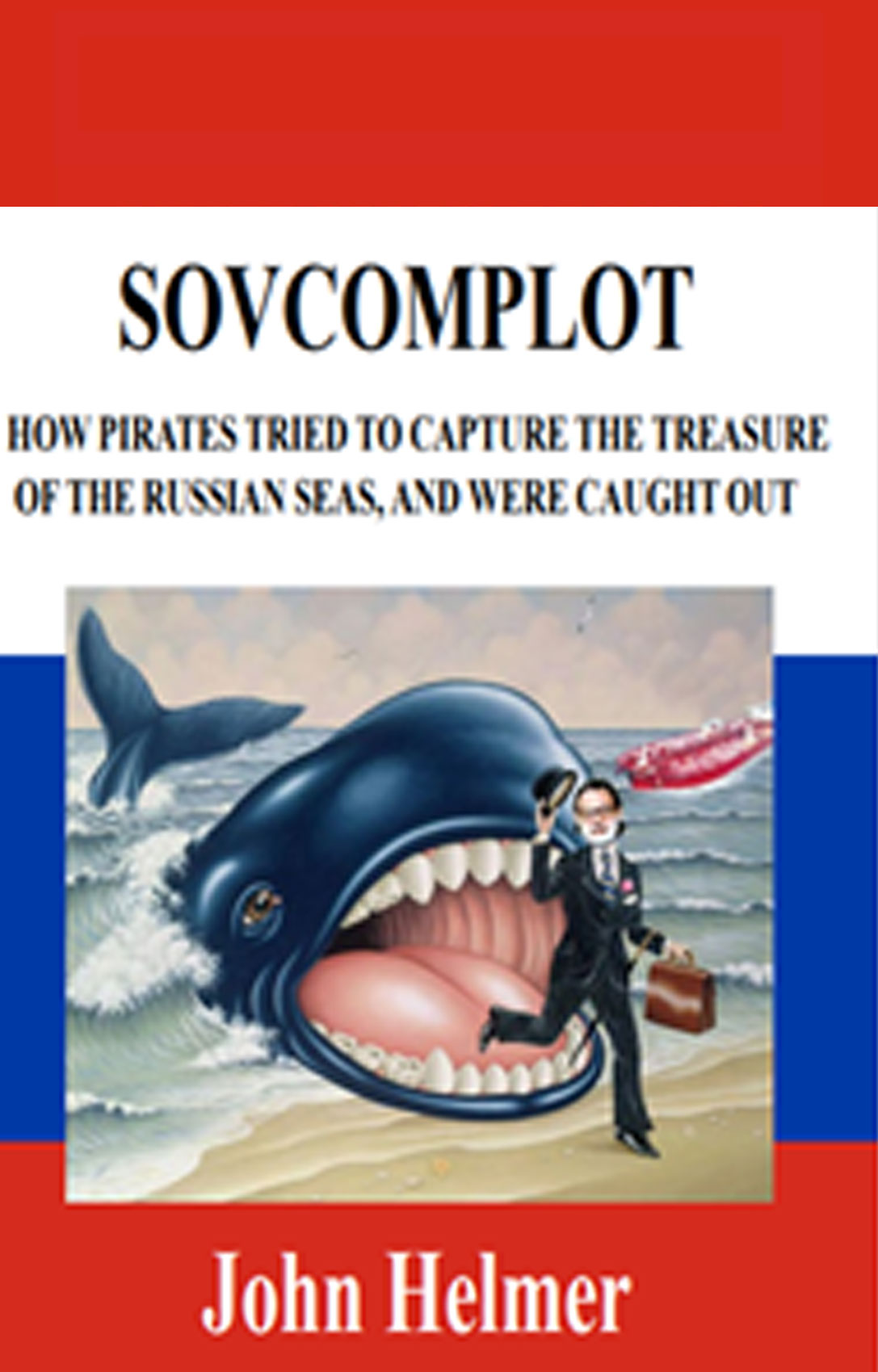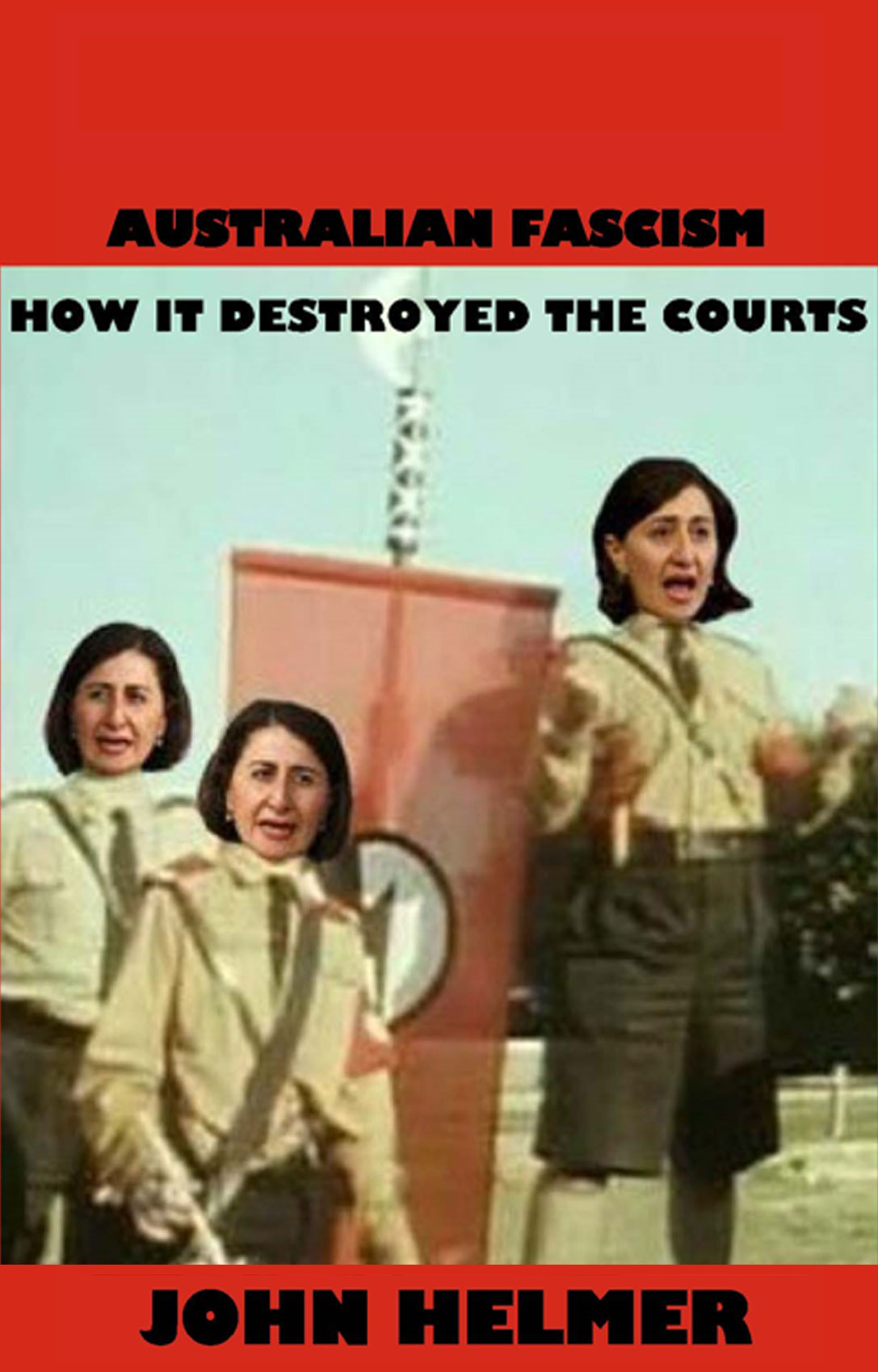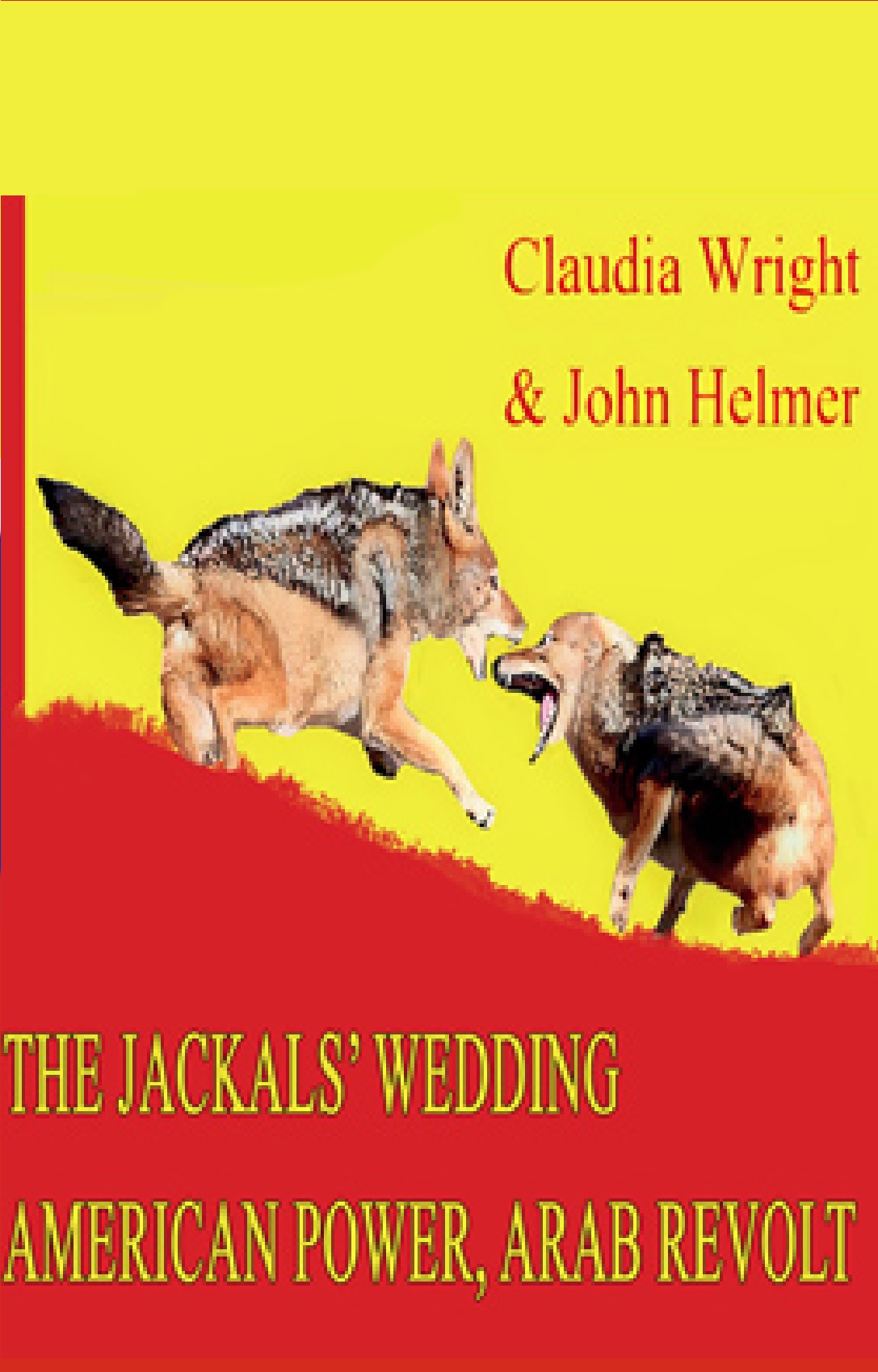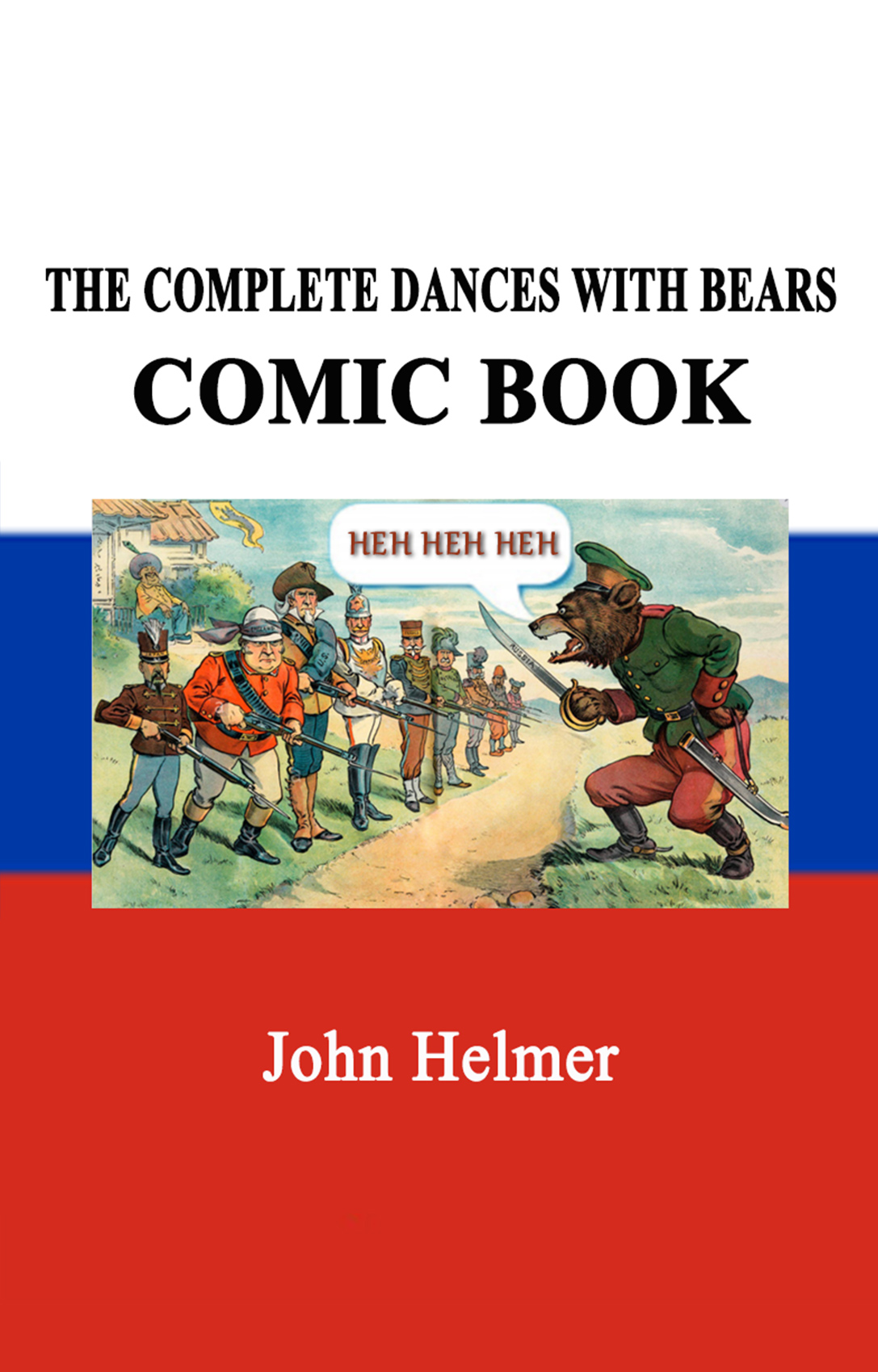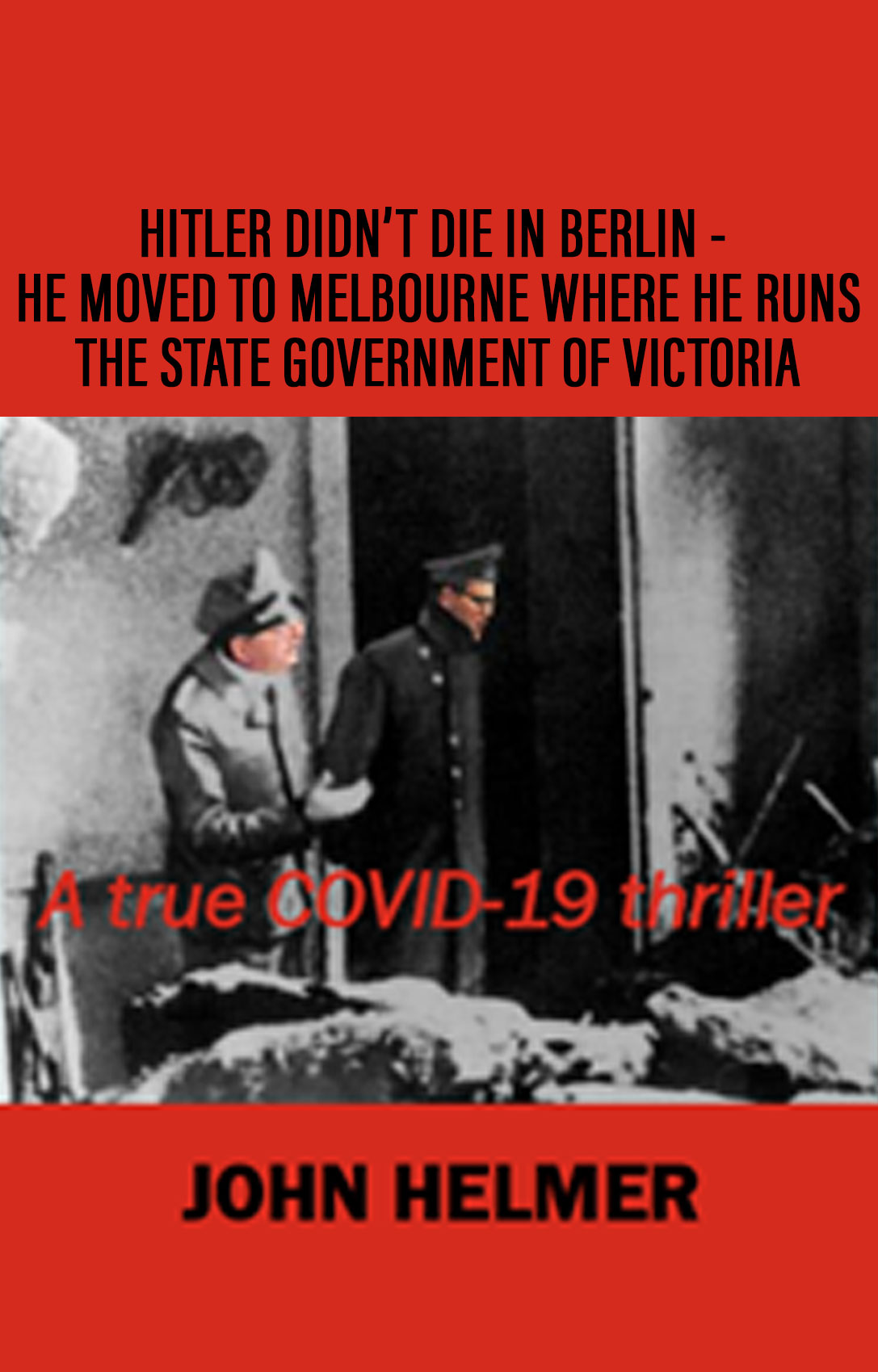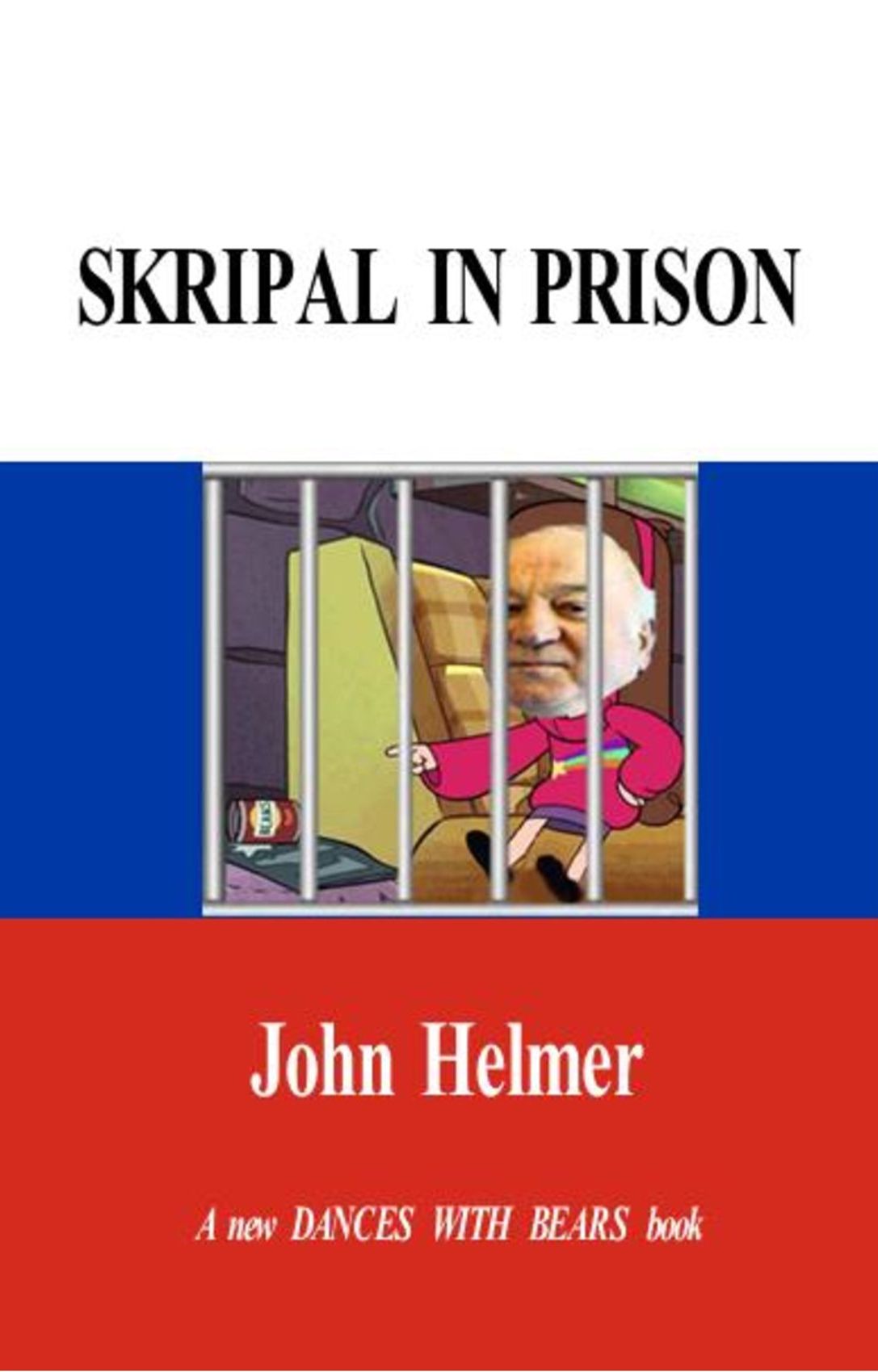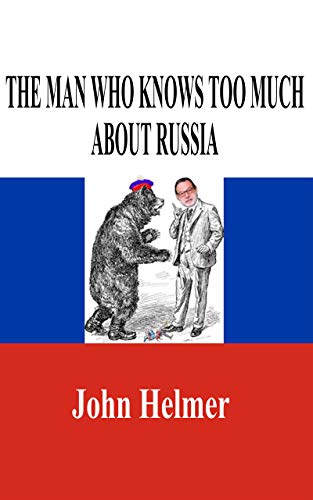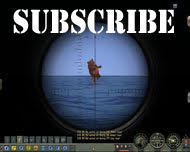

By John Helmer, Moscow
@bears_with
For the first time, the White House has issued a piece of paper (lead image, top), signed by the President, attempting to install a form of fuhrer fascism to deter, arrest, and if need be shoot to kill any form of expression which amounts to disloyalty to the President and to his MAGA doctrine.
The paper defined that as “targeted intimidation, radicalization, threats, and violence designed to silence opposing speech, limit political activity, change or direct policy outcomes, and prevent the functioning of a democratic society.” This includes public expression of the terms “fascist” and “anti-fascist”.
According to the White House paper, those who speak in such language are hiding under “the umbrella of self-described ‘anti-fascism.’ These movements portray foundational American principles (e.g., support for law enforcement and border control) as ‘fascist’ to justify and encourage acts of violent revolution. This ‘anti-fascist’ lie has become the organizing rallying cry used by domestic terrorists to wage a violent assault against democratic institutions, constitutional rights, and fundamental American liberties…anti-Americanism, anti-capitalism, anti-Christianity…and hostility towards those who hold traditional American views on family, religion, and morality.”
The paper, drafted by Stephen Miller, deputy chief of the White House staff, was signed by Trump on September 25. It is titled “NATIONAL SECURITY PRESIDENTIAL MEMORANDUM/NSPM-7”. Its subject is “Countering Domestic Terrorism and Organized Political Violence.” Read the Miller Memorandum in full here.
It was followed by the Pentagon order for all US forces commanders and their staffs to assemble at the Quantico base in Virginia on September 30 to be addressed by Trump and Peter Hegseth, the Defense Secretary.
Since May 6, they have been under the direct threat of purge. Hegseth announced he was commencing to cut by 20% the 3 and 4-star general ranks of the main forces, by 10% in other flag officers of the main forces, and a 20% cut in the general ranks of the National Guard. No time line was announced for the cuts to be decided in two phases.
He was starting, Hegseth also claimed, “the most comprehensive review” of headquarters and operational command structures and areas of responsibility since 1986. When that takes place, there will be “a minimum of an additional ten percent reduction of general and flag officers throughout the DOD, in conjunction with the realignment of the unified command plan.”
The sword of Damocles wasn’t a stab in the back. “This is not a slash and burn exercise meant to punish high ranking officers, nothing could be further from the truth,” Hegseth claimed in anticipation of resistance from the generals.
None of these proposed cuts or reorganizations of commands were confirmed in the four months before Trump ordered the generals to assemble. None of the mainstream media journalists at the Pentagon nor of the alt-media military podcasters has reported a general source as admitting the link between the purge plan, the Miller Memorandum, and Trump’s summons to Quantico. The President then made this obvious.
In his speech to the assembled flag officers (lead image, bottom), Trump declared: “we are under invasion from within. We’re stopping it very quickly. After spending trillions of dollars defending the borders of foreign countries, with your help, we’re defending the borders of our country from now on. We’re not going to let this happen…San Francisco, Chicago, New York, Los Angeles, they’re very unsafe places and we’re going to straighten them out one by one. And this is going to be a major part for some of the people in this room. That’s a war too. It’s a war from within. Controlling the physical territory of our border is essential to national security. We can’t let these people live…If it’s OK with you generals and admirals…I say, they spit, we hit. Is that OK? I think so. They spit — it’s a new thing. They spit, we hit…This is going to be a big thing for the people in this room because it’s the enemy from within and we have to handle it before it gets out of control. It won’t get out of control, once you’re involved…With leaders like we have right here in this beautiful room today, we will vanquish every danger and crush every threat to our freedom in every generation to come, because we will fight, fight, fight and we will win, win, win.”
Trump also issued the loyalty warning: “I’ve never walked into a room so silent before. This is very — don’t laugh! Don’t laugh, you’re not allowed to do that! You know what, just have a good time. And if you want to applaud, you applaud. And if want to do anything you want, you can do anything that you want. And if don’t like what I’m saying, you can leave the room. Of course, there goes your rank, there goes you future.”
That was at the beginning of Trump’s hour-long speech. Then at the end, the warning was repeated: “I’ll tell you, Pete and General Caine and all of the people that I’ve met that have been lifted up in rank. And we got many of them out of here. To be honest with you, I didn’t like doing it, but we got many of you out of here because we weren’t satisfied.”
Viewed in Moscow, the Kremlin-supported security analysis platform Vzglyad has reported the political significance of the loyalty oath assembly in Quantico when most US experts have missed it. This is because the Russians remember Adolf Hitler’s loyalty oath (Führereid) and what followed for Russia. Between 1934 and 1935, first for military personnel and then for civilians, Hitler ordered the state loyalty oath to be changed from the secular language, “I swear loyalty to the Reich’s constitution” to: “I swear by God this holy oath that I shall render unconditional obedience to the Leader of the German Reich and people, Adolf Hitler, supreme commander of the armed forces”.
According to Vzglyad’s writer, Gevork Mirzayan, “hundreds of American generals were offered a choice. In the understanding of liberals, the choice is between personal loyalty to Trump and loyalty to the American state. [In] July 1935, the German generals were summoned to an extraordinary meeting in Berlin and informed that their previous oath of allegiance to the Weimar Constitution was invalid and that they must take a personal oath to the Fuhrer. ‘Most of the generals have taken a new oath to retain their positions,’ retired General Ben Hodges commented on the Quantico meeting.”
The Russian interpretation is not placed between the lines. This is a message directed by a leading policy medium at the Kremlin, not a message from the Kremlin to the audience outside the Kremlin wall.
(more…)













